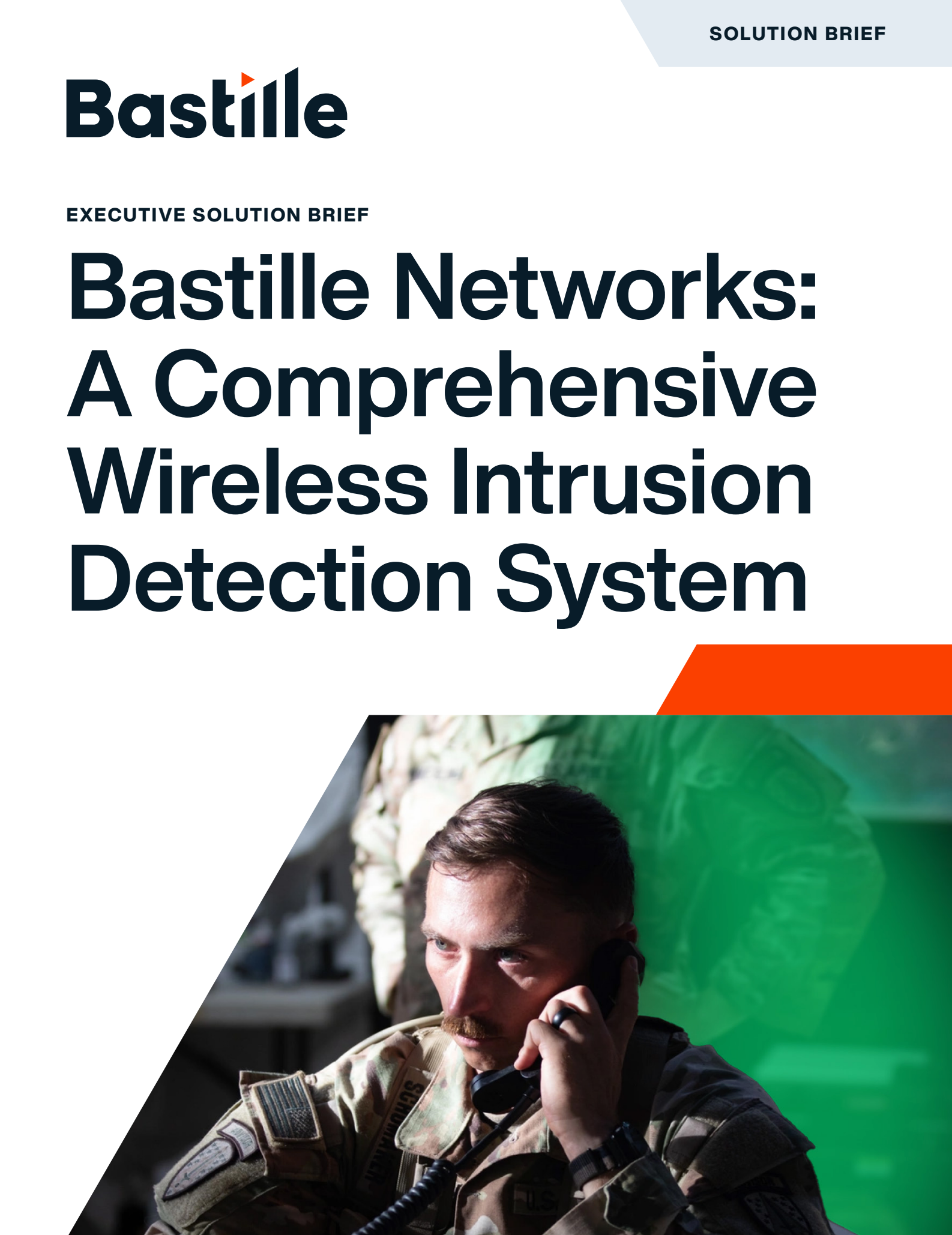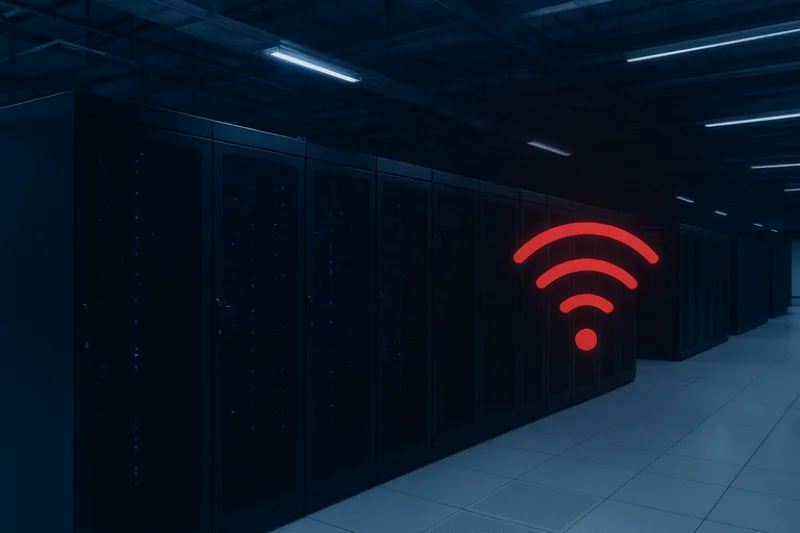
The recent arrest of a Defense Intelligence Agency computer scientist for attempting to transmit classified information to foreign agents has highlighted a critical vulnerability in government security: unauthorized wireless devices in secure facilities. As insider threats continue to challenge national security, Wireless Intrusion Detection Systems (WIDS) are emerging as an essential defense mechanism.
The Scope of the Problem
According to retired Senior CIA Executive Rodney Alto, only 10 percent of the thousands of U.S. government Sensitive Compartmented Information Facilities (SCIF) and Special Access Program Facilities (SAPF) currently have appropriate detection capabilities for unauthorized devices. This gap in security represents a significant vulnerability in an era where smartphones and other wireless devices can easily capture and transmit sensitive information.
How WIDS Technology Addresses the Threat
Wireless Intrusion Detection Systems provide real-time monitoring of secure environments, detecting unauthorized electronic devices before they can be used to compromise classified information.
Even well-meaning employees can unknowingly become a source of classified leaks. That’s why real-time wireless monitoring is critical in secure environments. To properly enforce the no electronic device policy, the utilization of a Wireless Intrusion Detection System is essential. Absent WIDS monitoring, the government is rolling the dice every time an individual strolls through the thick, soundproof doors of a SCIF or SAPF.
Even well-meaning employees can unknowingly become a source of classified leaks. That’s why real-time wireless monitoring is critical in secure environments. To properly enforce the no electronic device policy, the utilization of a Wireless Intrusion Detection System is essential. Absent WIDS monitoring, the government is rolling the dice every time an individual strolls through the thick, soundproof doors of a SCIF or SAPF.
Chris Risley, CEO of Bastille
These systems act as an electronic perimeter, identifying any wireless signals that could indicate the presence of unauthorized devices – from smartphones to hidden recording equipment. By providing immediate alerts, WIDS enable security personnel to respond quickly to potential breaches before sensitive information can be extracted or transmitted.
Expert Consensus on Implementation
National security experts are unified in their assessment of WIDS importance. Andy Keiser, Senior Fellow at the National Security Institute and past Senior Advisor to the House Intelligence Committee, emphasizes:
“To properly enforce the no electronic device policy, the utilization of a Wireless Intrusion Detection System is essential. Absent WIDS monitoring, the government is rolling the dice every time an individual strolls through the thick, soundproof doors of a SCIF or SAPF.”
Andy Keiser, Senior Fellow at the National Security Institute
Moving Forward
As the administration implements various measures to combat insider threats – including polygraph testing and the establishment of new oversight task forces – the deployment of WIDS technology represents a proactive, technological solution to a persistent security challenge. In an environment where a single unauthorized device can compromise national security, comprehensive wireless monitoring is no longer optional – it’s essential.
Get Complete Visibility Into Your Wireless Airspace
Bastille’s AI-driven wireless risk detection continuously analyzes radio frequency emissions and wireless signals in your offices, data centers, corporate facilities, and more to identify every wireless device, network, and threat.
Sources & Citation
- Trump Administration Crackdown on Government Employees Leaking Secrets Confronts Wireless Device Challenges – Breitbart
- SCIFs, National Security, and Unauthorized Wireless Devices – Washington Examiner
- DNI Gabbard Establishes Director’s Initiatives Group – Office of the Director of National Intelligence
- Cell Phone Espionage Threat at Department of Defense – Daily Caller
- U.S. Government Employee Arrested for Attempting to Provide Classified Information to a Foreign Government – Department of Justice




